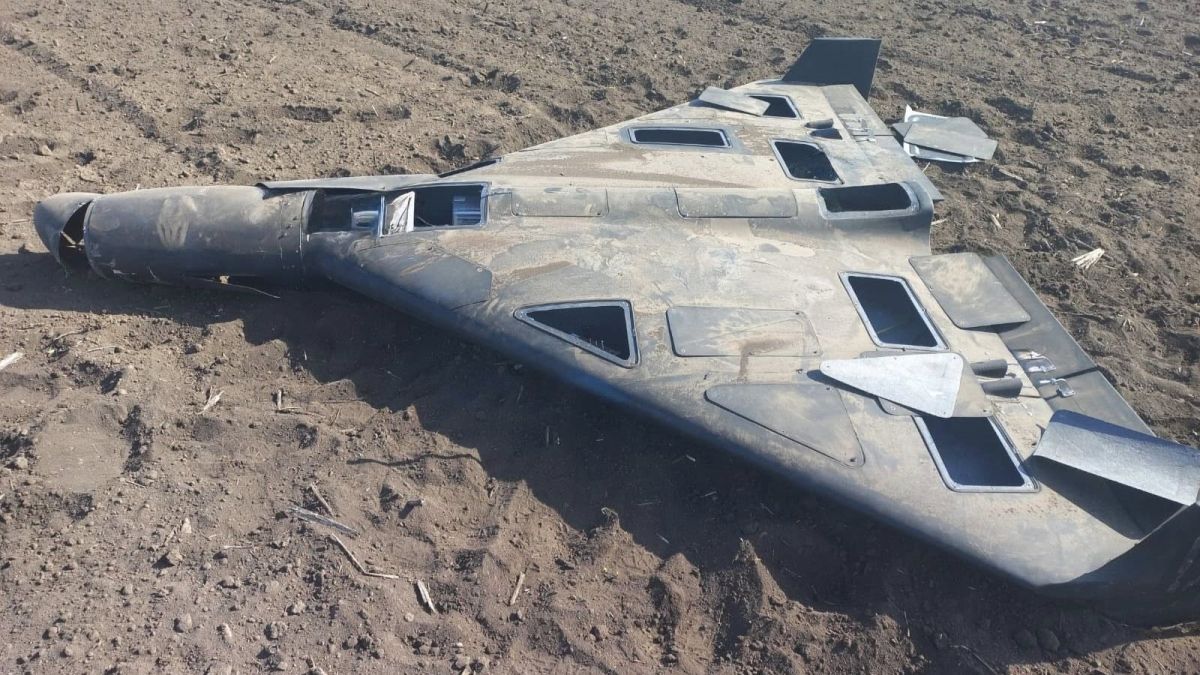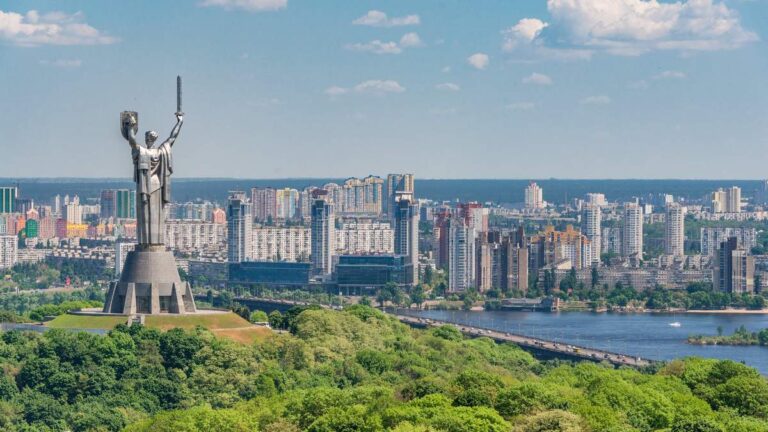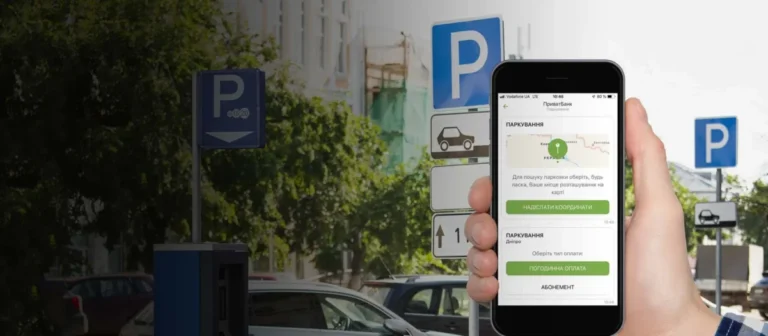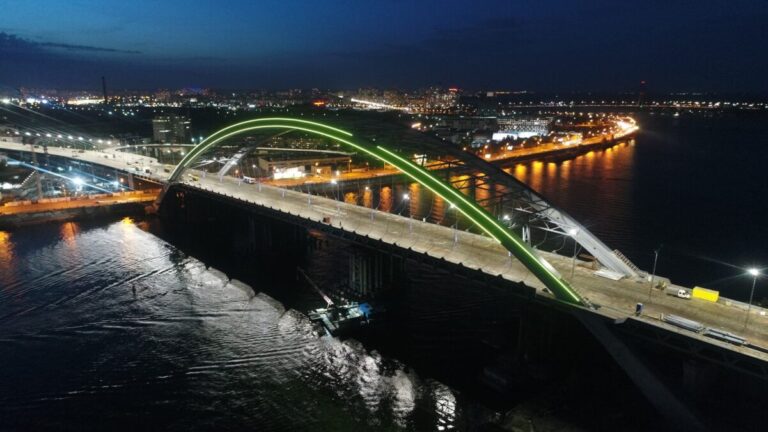
“Clear Sky” in Kyiv: how the capital is building its own drone interception system
July 2025 marks the beginning of a new phase for Kyiv in defending the city from Russian attacks. Amid ongoing missile and drone strikes, the capital is launching a large-scale drone interception system Project “Clear Sky.” This is no longer just about ad-hoc mobile teams or one-off equipment purchases, but a comprehensive city initiative with operator training, coordination with the military, and dedicated infrastructure. How does it work? Why is it crucial right now? What has already been achieved and what gives city authorities confidence? Here is a detailed analysis based on verified sources.
System Launch: What “Clear Sky” Entails
The official launch was announced by the head of Kyiv’s City Military Administration (KCMA), Tymur Tkachenko. According to him, the project was initiated on the direct orders of President Volodymyr Zelenskyy and was immediately supported at both the central and city levels. 260 million hryvnias have been allocated for the project. These funds are not just being used to purchase drones or air defense systems; the goal is to build a stable, independent response infrastructure:
- A training center for drone interceptor operators where specialists will learn modern aerial combat tactics and the management of new systems.
- Mobile units teams that will be on duty both inside the city and on Kyiv’s approaches, ensuring quick responses to every attack.
- Close coordination with the General Staff, Air Forces, and other defense structures for maximum effectiveness and to avoid any “gaps” in the city’s protection.
- Work to attract off-budget funding which is critical now that the state budget is under immense strain.
This is not just a “showcase” for reporting even the pilot phase of the system in the Kyiv region has already proved its effectiveness. Over several months of operation, around 550 Russian UAVs have been intercepted mostly Shahed drones, which pose the greatest threat to city infrastructure and civilians. Each intercepted drone means a life saved, a hospital, school, or energy facility spared.
According to the General Staff, the interception rate has reached 70%, which is significantly higher than the results achieved by traditional mobile anti-aircraft teams.
Why It’s Critical Right Now
In recent months, Russia has sharply increased its use of kamikaze drones, planning to launch up to 1,000 UAVs per day. With a chronic shortage of air defense missiles, this places a huge strain on Kyiv’s defense system.
President Zelenskyy has stated directly: “If we can scale up our own production of drone interceptors and create a coordinated response system, we will be able to shoot down almost all aerial targets, even during massive attacks.”
How the System Works: Focus and Features
- Training Personnel: establishing a full-fledged training center allows for quick team renewal and the adoption of the latest technologies and tactics.
- Mobility: intercepting drones is not just about the technology it’s about response speed. The new mobile teams will operate 24/7, dispersing according to the direction of threats.
- Synergy with Air Defense: drone interceptors do not compete with anti-aircraft missiles they complement them, easing the load and saving expensive ammunition for truly dangerous targets.
- Investment in Local Technology: Ukraine is not only purchasing drones, but also developing its own engineering and manufacturing this boosts defense capabilities in the long run.
Tymur Tkachenko emphasizes: “Project ‘Clear Sky’ is not a one-off campaign. It’s a new level of city security organization that incorporates lessons learned from two years of war and all past mistakes.”
President Zelenskyy has stressed that only a comprehensive approach (production, training, coordination, investment) can counter the new wave of attacks and Russia’s attempts to destabilize the capital.
The “Clear Sky” system is Kyiv’s response to a new reality of war, where drones have become a “weapon of mass use.” The city already has its first results, proven not only by statistics but by saved lives. The greatest value of this initiative is the combination of modern technology, local responsibility, and national vision.
Many challenges remain: production must be scaled up, more specialists need to be trained, and logistics refined. But already, Kyiv is demonstrating how a major city can organize its own defense in new conditions and it does so transparently and publicly, which is vital for public trust and support.














